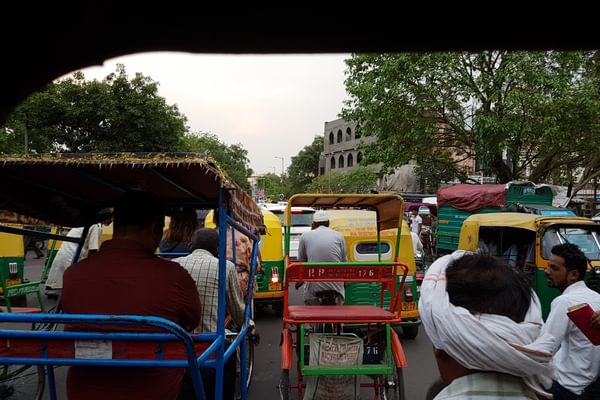Speak To A India Expert Today
and start planning your tailor-made holiday

Nathan
Travel Expert

Can't decide where to go? Why not peruse some of our most popular destinations for inspiration then give us a call!
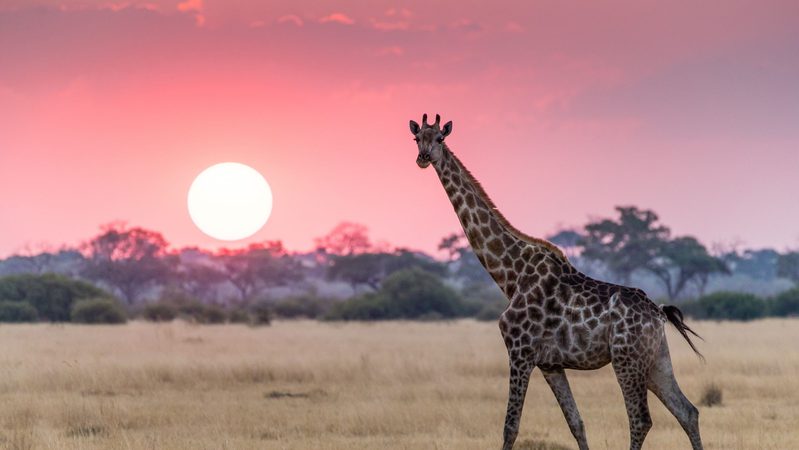
A diverse land brimming with superb safaris, pristine sandy beaches, towering snow-capped peaks and tropical underwater worlds is just waiting to welcome you

Australia offers vibrant cities, diverse landscapes, and iconic wonders like the Great Barrier Reef. New Zealand adds dramatic scenery, Maori culture, and relaxed charm. Together, they promise nature, adventure, culture, and warm hospitality.

If you're dreaming of an island getaway, look no further than the Caribbean with its gorgeous soft sand beaches and lively, diverse cultures.
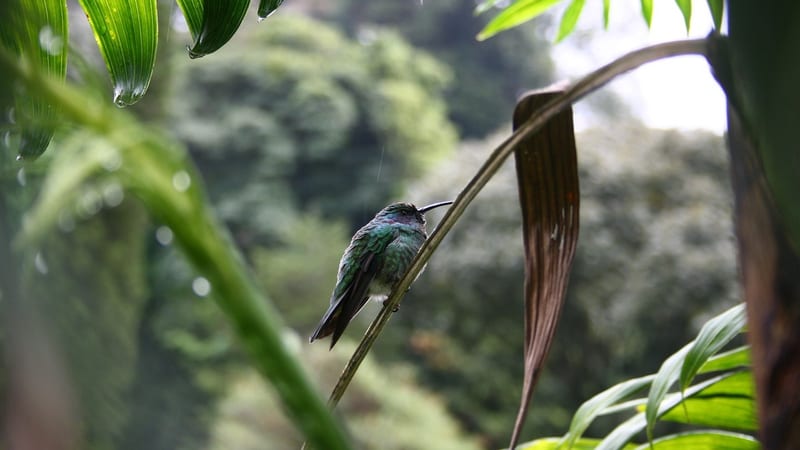
Head to the amazing destination that is Central America, full of the knowledge of ancient civilizations, incredible mountains, and beautiful beaches.

Discover vibrant cultures, pristine beaches, and tantalizing flavours in the captivating travel haven that is East and Southeast Asia

Embark on a journey through the vibrant tapestry of India, Sri Lanka, and Bhutan—where ancient temples, lush tea plantations, and soaring Himalayan peaks promise unforgettable moments at every turn.
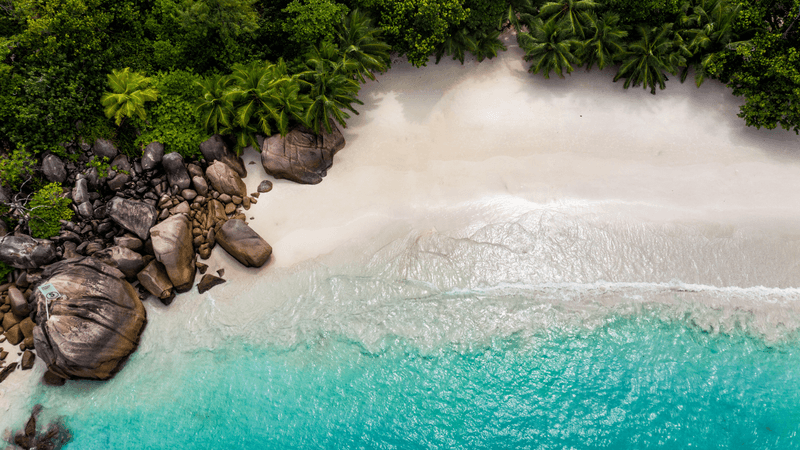
Picture yourself basking on sun-kissed beaches, sipping tropical cocktails beneath swaying palms —where crystal-clear lagoons and luxurious resorts cater to your every desire.

Experience world-class hospitality, mouthwatering cuisines, and the region’s deep-rooted cultural traditions for an unforgettable Middle East adventure.

Venture to the ends of the Earth and behold the icy majesty of polar landscapes. Discover pristine solitude, exhilarating expeditions, and breathtaking views that promise a memorable encounter with nature at its most dramatic
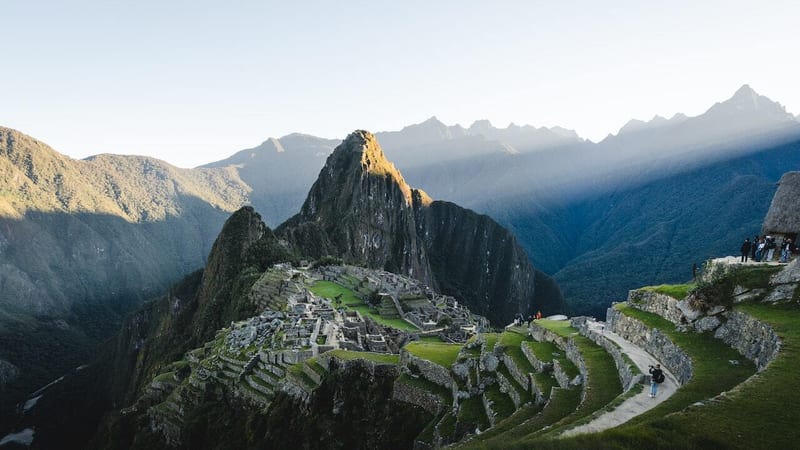
Journey into the heart of South America, where the rhythmic pulse of its vibrant cities meets the majesty of the Amazon rainforest and the timeless wonder of ancient civilizations.
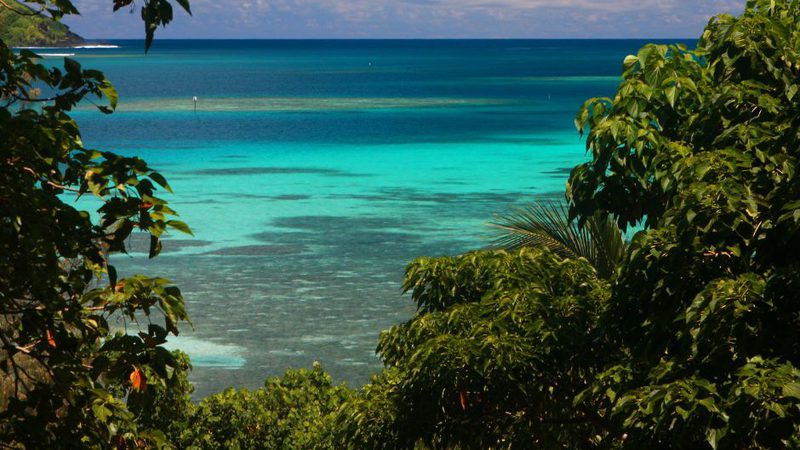
The South Pacific is a paradise of turquoise waters, white-sand beaches, and vibrant island cultures. From adventure and natural beauty to pure relaxation, each island offers its own unique charm and welcome.
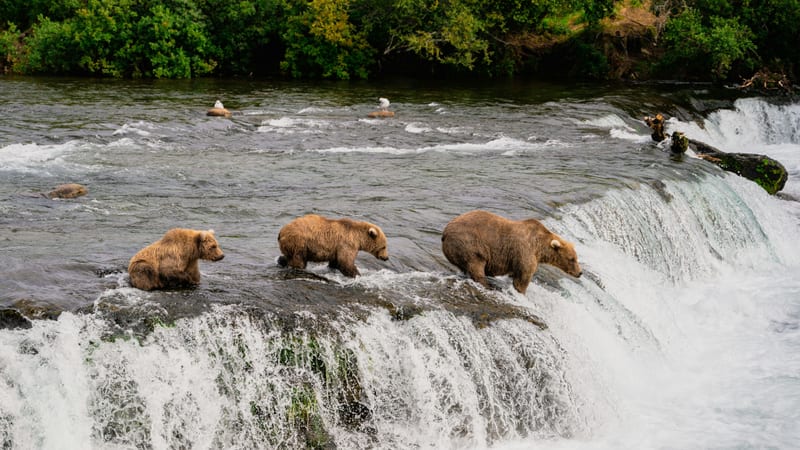
From the soaring plains of the Southwestern USA to the stunning landscapes of the expanses of Canada, visit some of the most impressive scenery in the world

If you are looking for a trip to knock iconic locations off your bucket list, check out our buck list recommendations
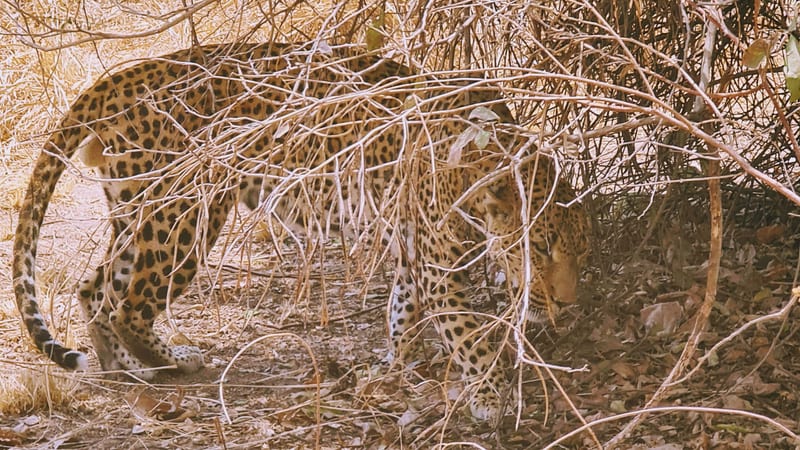
From the graceful stride of giraffes at sunrise to the echoing roars of lions beneath starlit skies, each of our safaris promises an unforgettable dance with nature.


Our family holidays are a perfect opportunity to create lasting memories, whether exploring new destinations or simply enjoying quality time together. From adventure-filled escapes to relaxing beach retreats, they offer a chance to reconnect and unwind away from daily routines.

Our luxury holidays offer the finest experiences, from exclusive resorts and private villas to tailor-made adventures with impeccable service.

For those seeking adventure beyond the usual tourist trails, our off-the-beaten-track trips take you to some of the world’s most remote and untouched destinations, where authentic cultural encounters and breathtaking landscapes await. Let us craft your unique journeys that few travellers ever experience.
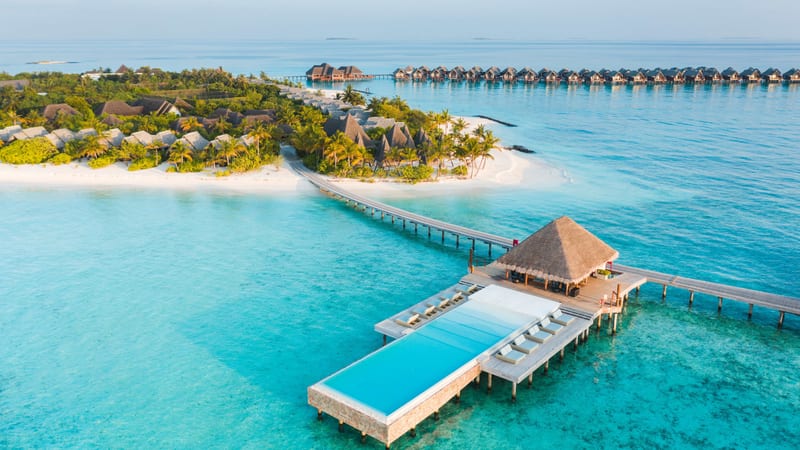
For the ultimate beach escape, we offer luxury holidays to some of the world’s most stunning coastal destinations, from the white-sand shores of Antigua to the turquoise waters of Zanzibar.

For those who crave excitement and exploration, our adventure holidays take you to some of the world’s most thrilling destinations, whether trekking through Patagonia, summiting Mount Kenya, or kayaking past icebergs in Antarctica.

Interested in something a bit more focused? How about a horse-riding holiday through Argentina? Or a photography safari? Look through our Special Interest holiday selection for inspiration

Our wildlife holidays invite you to step into unique ecosystems and experience amazing animal encounters. Whether spotting majestic tigers in the jungles of India or marvelling at polar bears in the Arctic, each trip promises awe-inspiring moments steeped in the magic of nature.

Our small group tours offer the perfect balance of expert-guided exploration and personal experience, taking you to incredible destinations with like-minded travellers. Whether it's a wildlife safari in Botswana, a cultural journey through Vietnam, or a chef-led expedition through India, our carefully curated itineraries ensure an intimate, enriching, and hassle-free experience.

Sustainability travel is at the core of what we do and a guiding principle in every choice we make as a business. Let us help you make sustainable travel choices
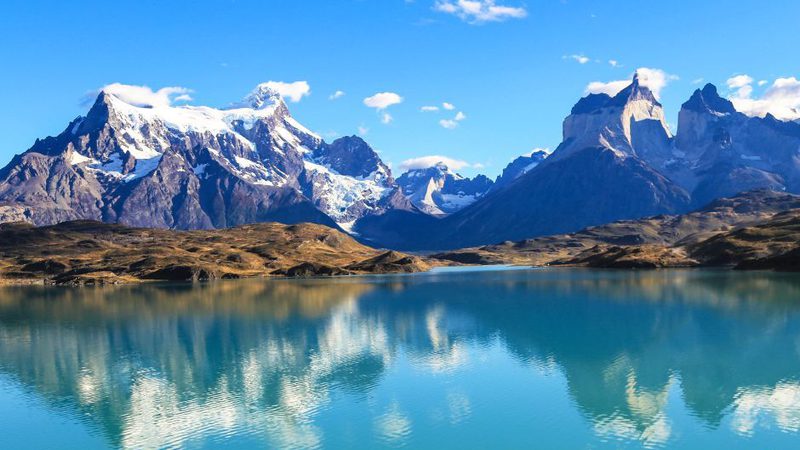
Read about what we do to make a difference
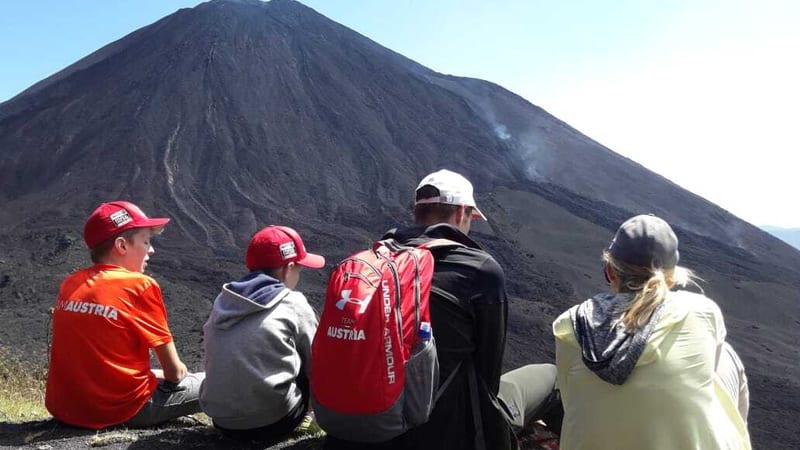
One of the most important parts of our commitment to responsible travel is protecting our clients, and it is a part that we take extremely seriously.
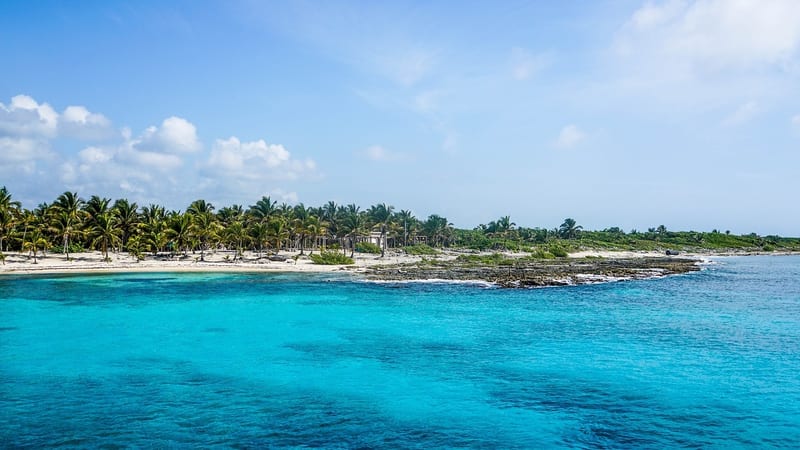
Not sure what's best for which time of year? Check out our expert-written guides

Looking for some expertise on your destination? Have a look through our selection of guides and articles written by our destination experts

Looking for more inspiration? Read from our range of hundreds of articles from our travel specialists, local guides, and personal travel tales.
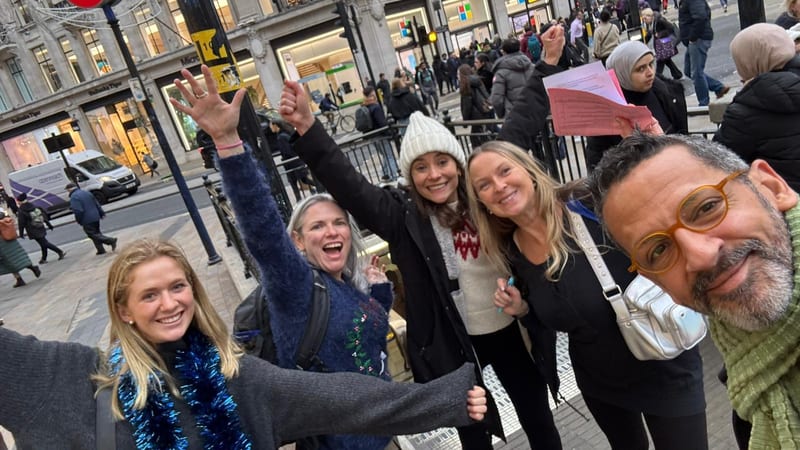
Our mission is to make every holiday special. We will do this whilst specifically aiming to minimise the environmental impact of our activity and maximise our opportunity to influence others to do the same.

India has three different seasons: summer, winter and monsoon. Generally speaking, the best time to visit India is between October and March. This means you'll avoid the searing heat of the summer (between March and May when temperatures can exceed 40°C in some areas), and the following heavy monsoon rains which begin in southern India and travel northwards towards the top to the country by the end of June. These rains then last for three months, from June until September.
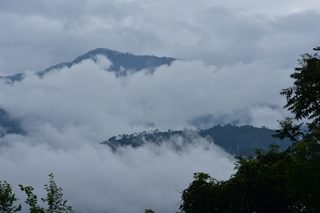
But of course it's not quite that simple.
Different regions experience very different weather patterns, so whilst one part of the country might be out of action, others will be basking in sunshine. Here's the lowdown...
Where: On the northern edge of India - including Shimla and Darjeeling
When to visit: All year round
Year-round travel is possible up here in the Himalayan foothills of Shimla and Darjeeling, with the chilliest winter months being December and January, and June and July being the warmest with temperatures reaching 19°C. Shimla tends to be a little warmer throughout the year. The heavy monsoon rains affect both Shimla and Darjeeling between June and September.
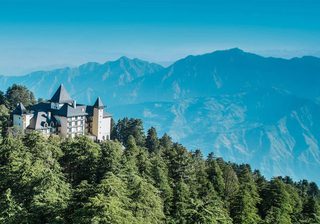
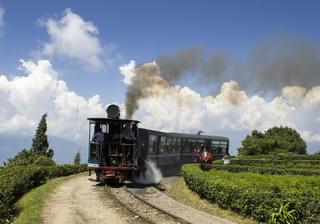
Where: Ladakh, in the far north of India
When to visit: Between May and September
The high altitude desert region of Ladakh on the edge of the Tibetan Plateau is much higher and more remote than the foothills, and has a different climate to other Himalayan areas. The best times to visit Ladakh are during early summer between May and September, when temperatures are pleasant, the snow has melted and places are accessible. The monsoon that affects the rest of the country between June and September barely touches Ladakh. Mid September to mid October is a gorgeous time to see Ladakh, when the land is full of colour, waters are receding and the first flurries of snowfall begin. Winter falls between November and March, when only hard core explorers venture into this area. The cold and snow is extreme, access is often impossible and many places are cut off.
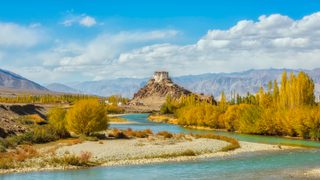
Where: Delhi, Agra, Kolkata and North East India
When to visit: October, November and between February to mid-April
The most popular time to visit Northern India is Autumn to late winter when temperatures are cooler, the sun is out and the monsoon rains are just a distant memory. October and November are prime months, when vegetation is rejuvenated making the surrounding countryside lush and green. December and January are generally quite cold, and sometimes a little foggy, but with fewer tourists this is also a good time to visit. By February the weather is warmer, although not uncomfortably so, and the land becomes quite dry and dusty. Travelling in the summer months from mid April to June is discouraged as temperatures soar to often unbearable levels for those not used to the heat. Visiting the country during the monsoon months between June and September is not recommended as regular downpours can make travelling throughout India quite difficult. Plus flooding is quite frequent.
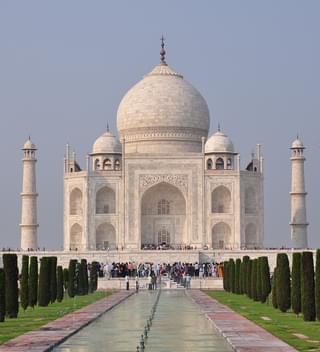
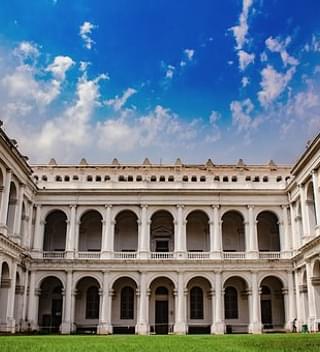
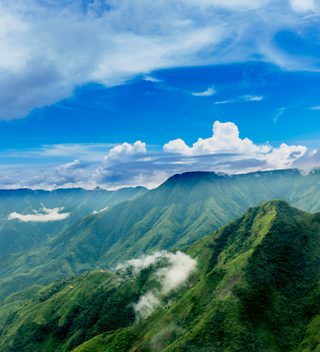
Where: Udaipur , Jodphur and Jaisalmer
When to visit: The best time to visit Rajasthan and Central India is between October and March.
The western areas of Rajasthan, such as Jaisalmer, are quite dry with a very low level of rainfall and humidity, while the more eastern areas of the state experience a much higher level of rainfall and more humidity. During the monsoon, most of the rain falls in July and August. Central India receives a higher level of rainfall than Rajasthan, also in July, August and September. While summers are very hot, Rajasthan is a beautiful place to visit in the cooler months, from October to March.
Browse through our various holidays to Rajasthan and Central India here
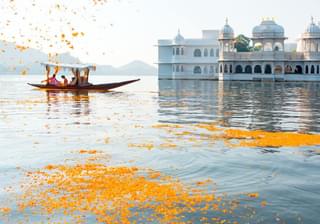
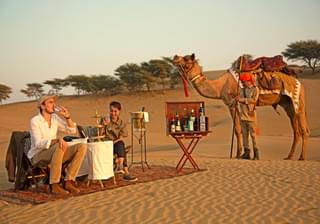
Where: South-Eastern India coast
When to visit: Between October and May
Goa is a beautiful coastal state on the west coast of India, enjoying warm temperatures all year round. It's an ideal beach holiday destination with temperatures not normally exceeding 32°C in the summer or dropping below 24°C in the winter. Travelling here is possible during the monsoon, although be aware that it will rain, a lot. One benefit of visiting during the monsoon is cheaper hotel prices!
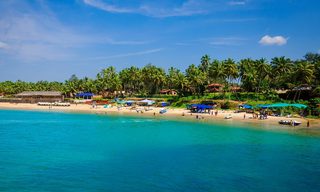
Where: Kerala and southern India
When to visit: Between December and February
Southern India has a tropical climate and doesn't suffer with low temperatures during the winter months. The ideal time to visit Kerala is from December to February, when the weather is at a slightly cooler, more pleasant temperature for exploring this beautiful region. If you want to visit the country during UK school summer holidays (July - August), hotels and lodges in locations like Kerala often have reduced rates as this is monsoon season. It will rain a lot, but the temperature will still be warm. In some places in South India, the rains can last from May until October/November, making travel difficult and flooding possible. During the wet season (March - June) it can be very humid, which, coupled with high temperatures can make visiting during this time uncomfortable.
Explore our selection of holidays to South India and Kerala here
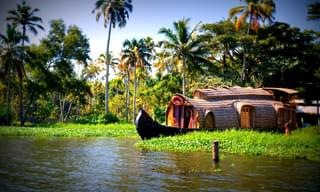
and start planning your tailor-made holiday

Travel Expert
What can I say….my son and myself had the most wonderful time in Kenya thanks to the first-class itinerary that Ben and Louise put together for us. We spoke with Ben many times to ensure he ‘got it right’. This was our 2nd visit to Kenya, and it certainly lived up to our expectations and memories. Nothing was too much trouble for all the staff; we cannot have been looked after any better. I would highly recommend Far and Wild; they are so knowledgeable and have personally visited the lodges and areas. We are already planning another visit, and we cannot wait.
I have just returned from the most amazing trip to Tanzania, booked with Far & Wild. Everything went so smoothly from the first time I spoke with them. The planning was great, the itinerary was perfect for us, and the lodges were amazing. We spent 10 nights with an amazing guide, travelling through Northern Tanzania and even got to see the migration, which was a lifetime ambition of mine. This wasn't our first safari, so we were nervous as to how it would compare, but it was spot on. I will certainly be using them again to book our next trip....we're thinking of a relaxing beach stay next time to get over the excitement of safari!
Just back from another amazing F&W organised trip to Namibia with the family (8 adults). Having been there before, Alistair tailored our trip to include our favourite locations and added a new one for us, which we loved.The quality of accommodation and guiding, activities, food and drinks was exceptional throughout. It was good value for the level of luxury we had.
We had a wonderful trip to São Tomé and Príncipe - a small island nation in the Gulf of Guinea with paradise (almost empty) beaches and jungle forest. It was all well organised by Far and Wild and we stayed at a great combination of different types of resorts/hotels. We really recommend this for those who want to experience a pristine destination with few other tourists and friendly and welcoming people. The islands also feel very safe. At Principe, there are no dangerous animals, snakes or whatever, and it was great to be able to hike in the jungle without being very conscious of where to put your hands and feet. Go before everyone else does!
Back home again, basking in the joys of a superb safari. Every aspect you arranged for us, including linking up with Mack Air and Wild Horizons locally to transport us. The choice of camps was ideally situated, comfortable, in good surroundings, and with excellent wildlife on the doorstep and throughout the wider country. The service staff in each looked after us very well, catering was excellent, and the game guides were professional, knowledgeable and helpful. You made us happy, and we recommend you to similar safari enthusiasts with confidence.
Far and Wild went above and beyond to make sure my trip to Zambia was special. I would definitely recommend them and their services to anyone wanting to travel to Africa.
Lovely holiday at the amazing Almanara on Galu beach, a beach like no other. Far and Wild excelled themselves from beginning to end of our holiday in beautiful Kenya.... What a country!,
Wow! These guys are amazing. Can’t recommend them highly enough. Friendly AND efficient! Sorted out our trip (last minute and lots of different family member needs, sorry!) in record time and everything worked like clockwork. Trip of a lifetime to the Masai Mara. Will be back (and use F&W again!)!
It was a dreamy holiday on the Kenyan Coast - Far and Wild, their efficiency and professionalism allowed us to relax and be the happiest family alive !! We cannot fault them, their care and understanding of what we wanted from a holiday ensured we had the most memorable trip. We will be booking with them again for sure!
Get travel tips directly to your inbox every week
Give us a call on 0203 111 1315 or fill in the form below and we’ll be in touch.



